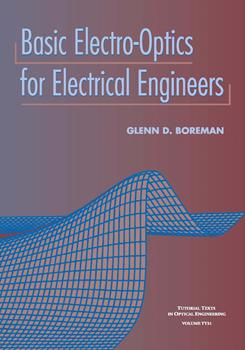|
An optical system's image quality can be characterized in the spatial domain using the impulse response (spot size) of the system, or in the spatial-frequency domain using the Fourier transform of the impulse response, the transfer function. An ideal system would form a point image of a point object. But, because of diffraction and aberrations, a real system has an impulse response of nonzero width. The impulse response of a system is the two-dimensional image formed in response to a delta-function object, and is denoted by the symbol h(x,y). The actual image, g, formed by the system is the ideal image, f (an exact replica of the object with appropriate size scaling), convolved with the impulse response, h: f(x,y)**h(x,y)=g(x,y), where the double asterisk denotes a two-dimensional convolution. A narrower impulse response gives better image quality than a wide impulse response. Alternately, we can consider the imaging process in the spatial-frequency domain. In this context, we are concerned with the imaging of sinusoids of different frequencies, rather than the imaging of point objects. The irradiance distribution of an object can be thought of as composed of "spatial frequency" components, in the same way as a time-domain electrical signal is composed of various temporal frequencies by means of a Fourier analysis. First, consider an irradiance distribution as a function of x and y, as seen in Fig. 2.1. This irradiance distribution can represent either an object or an image. From a one-dimensional profile of the distribution, we obtain a single-variable function that can be Fourier decomposed into its constituent spatial frequencies (cycles/mm). |
|
|


